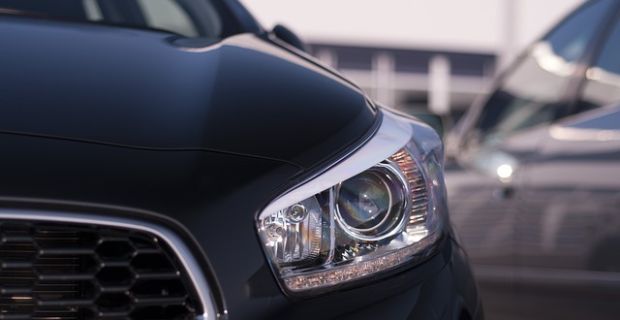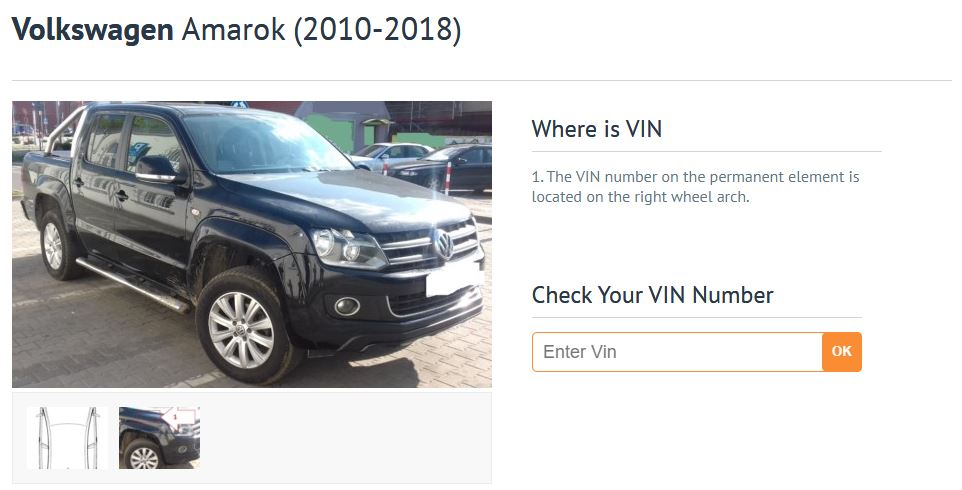
VIN location Volkswagen is important for every user of Volkswagen, but what is VIN? VIN number is also known as chassis number is unique number of every car. Chassis number contain all information about vehicle. So knowledge about VIN location Volkswagen is important.
The most popular places VIN location Volkswagen are: on bulkhead, next to spare wheel, next to or under passenger seat, on the right of the middle column and others. You should also check your documents such as: title, registration, insurance, manual.
Why Do You need VIN?
Chassis number is necessary:
- When you want to sell your vehicle
- When someone stole your vehicle and you want to recover it
- When you want to buy insurance or do vehicle title or registration
VIN location depends Volkswagen models such as: Amarok, Eos, Mode, Fox, Gol5, Gold Mk6, Jetta A5, Lavida, New Beetle, Passat B6, Passat B7, Passat CC, Phaeton, Polo Mk4, Polo Mk5, Santana, Scirocco III, Tiguan, Touareg II, Type 2 T2, Type 2 T5, Vento, Corrado, Derby , Lupo, Pointer, Scirocco, SP2 and others. The easiest way to find VIN location is use our tool, which let you on finding VIN location Volkswagen in a few seconds.
VIN Location Volkswagen
Remember that before you buy, check the history of the vehicle. You do this by typing the VIN Number Volkswagen below:
It’s worth deciphering the VIN before you buy the vehicle to make sure you’re actually paying for what you’re buying. Unfortunately, it may turn out that the new equipment adversely affects the vehicle and frequent visits to the showroom will be necessary. By checking the VIN, we are also able to determine whether the vehicle has accidentally entered the country illegally. This is unfortunately an increasingly frequent problem.
VIN number – what is it?
The VIN, or Vehicle Indentification Number, is a unique vehicle identification number that contains numerous and important pieces of information about a car. The VIN includes information such as country of manufacture, model year, drive type, engine version, equipment options, among others.
VIN numbers were first used in 1954 in the United States. Car manufacturers such as Volkswagen were already marking their cars in this way at that time. Marking of this type began to be used by manufacturers in Europe. However, the first numbers looked very different. It was not until the 1980s (in 1981 to be precise) that the world’s manufacturers, together with the US manufacturers, finally agreed on this issue.
In 1981, the National Highway Traffic Safety Administration in the United States standardised the format. Cars sold should contain a 17-character VIN that does not contain the letters I (I), O (o) or P (q) (to avoid confusion with the numbers 1 and 0).
A common standard has therefore been developed to facilitate the work of the police, insurance companies and used car dealers. From now on, the VIN of each car has 17 characters – letters and numbers.


 EN
EN  PL
PL  RU
RU  DE
DE  HU
HU  EE
EE  LV
LV  RO
RO  SI
SI  CZ
CZ  LT
LT 
